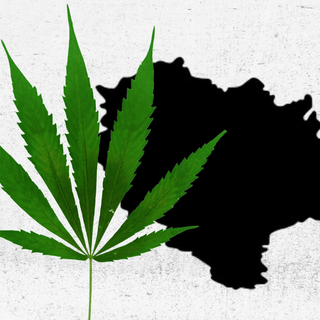Over the last seven years, almost 800 Army, Navy, and Air Force personnel in the Indian military have died by suicide; this number speaks to an alarming trend around mental health and trauma management in defense forces and suggests the need to improve mental health care and institute suicide prevention mechanisms.
India currently has more than 14 lakh personnel in its armed forces, out of which the Army lost 591 soldiers to suicide; 36 people died from suicide in the Navy, and the Indian Air Force reported 160 deaths by suicide, the Minister of Defence Shripad Naik noted in a written reply in the Rajya Sabha on Monday. He also noted that almost 20 personnel died because of fratricide, i.e., they were killed by their own forces in conflict.
Concern over mental health and trauma management amongst defense forces has grown over the years. It was earlier reported that between 2010 and 2019, more than 1,100 Indian defense personnel died by suicide, with the Indian Army recording the most cases. By one estimate, one jawan dies by suicide every third day.
Family and conflict-related trauma contribute to personnel’s mental health. These may include the strain of deployment along border areas, in counter-insurgency operations in Jammu and Kashmir and the NorthEast, according to a report in the Times of India. Difficulty in tackling family problems — like marital issues, financial concerns, property disputes, and more — from a distance may also contribute to the mental health strain of jawans, the government says.
Related on The Swaddle:
It’s Time for a More Humane Approach to Mental Health Care
The Defence Ministry report that revealed data on suicides also listed various preemptive measures and existing grievance mechanisms aimed at supporting jawan’s mental health. Defense Minister Naik reiterated these measures in his reply to Parliament this week, specifically: deployment of trained psychological counselors in combat zones, improved quality of food and clothing for personnel, stress counseling, having a ‘buddy system’ in place, providing accommodation to married partners, and liberalized leave system, along with suicide prevention policies. The Indian Navy has mental health centers in Mumbai, Visakhapatnam, Kochi, Port Blair, Goa, and Karwar where family counselors provide counseling, he said; similarly, the Army has specified mental health centers devoted to managing stress.
The government in the past has also mandated yoga exercises for jawans in an effort to improve mental wellbeing. But “if numbers are anything to go by,” Anando Bhakto writes in the Frontline, “the remedies are either not adequate or not implemented well.”
Retired officers and other reports, however, often place the blame on more institutional factors. Poor leadership, callous attitudes among seniors, and refusals to grant leave even in genuine need are some of the reasons military personnel may endure stress, a Modern Diplomacy article notes. Other commentators have pointed towards a larger governmental apathy around individual care.
The stigma around mental health also distances personnel from reaching out and seeking help. In a study published in the Medical Journal of Armed Forces India, 90% of patients studied admitted to experiencing some form of stigma, irrespective of age, rank, education, or mental conditioning; it also found that women experienced more stigma. The study reiterated that mental health stigma is a barrier to accessing mental health care. Moreover, the weight of patriarchy on gender roles determines how mental health is framed in public discourse. The gender ratio in all three — the Army, Navy, and Air Force — is skewed towards men.
The armed forces currently have a strength of over 9,100 women officers. According to another study, almost 40% of women defense personnel, who are rarely deputed for combat duty and are stationed on the ground, have died by suicide in India.
While the physical fitness of defense forces is much discussed, the discourse around mental health and trauma is fragile; stress and trauma can weigh heavily both in times of war and peace. The response thus has to fold in social biases and cultural inhibitions into national policies, particularly those protecting our armed forces.
Earlier this week, a new study showed India has the world’s fourth most powerful defense force in the world, a global hat-tip to our water, land, and air power. The two figures — one hailing India’s external might and the other echoing an internal toll — stand in sharp contrast. This offers an opportunity to introspect: perhaps, we can move beyond our restricted framing of armed forces — one that allows only nationalistic rhetoric and glib adulation to exist — and actually respond with the dignity, nuance, and care this conversation deserves.




